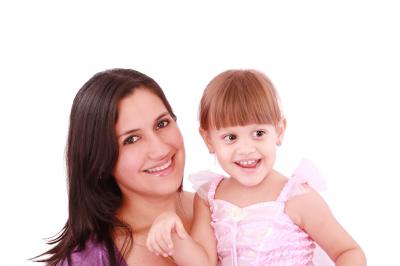
Ballet is an art form. When studied and performed correctly, it can be inspirational; graceful, athletic, great exercise and a form of creative expression. It is one of the best ways to teach children exceptional posture, movement, healthy habits and self-discipline – all useful skills for later in life.
However, there’s no denying that ballet is also associated with a number of ills. Due to the nature of the activity, ballet dancers are prone to injuries; bad backs, sore knees and ruined feet are all common within the dance community. Ballet dancers can also be subject to certain psychological pressure. The physical ideal of a ballet dancer is to be long and very thin (whilst also being extremely strong) and this can encourage children who are not naturally petite to develop eating disorders or bad habits.
It is for this reason that choosing a good ballet school is critical. The school forms the sort of dancer your child will become and the teacher often has a large amount of influence on your child’s mental and physical well-being. Here are the sorts of things you need to look out for:
The Teachers
The teachers at the school are the most important factor to consider. They need to be able to instil discipline and perform corrections in a firm but encouraging manner. Their own technique will be passed onto the children and so it is imperative that they have excellent qualifications from a recognised body and/or extensive professional experience. It is also useful to understand whether the teacher has suffered multiple injuries as this can indicate whether he or she practices a safe form of dance.
The teacher should emphasize safety as well as tailoring the class for the age of the students. A key indicator is pointe class – girls should not be allowed to go en pointe before they are ready, which is generally at a minimum of eleven years of age. To do so earlier can ruin their ankles and place a tremendous amount of pressure on developing joints.
The Studio
The studio should have a ‘sprung’ floor, which basically means that it is built to absorb shock. This will help to cushion the impact on a dancer’s joints, and is especially important for ballet because of the number of jumps and turns involved. You should never let your child dance on a concrete floor as this places undue pressure on the joints.
Obviously the studio should be in a safe area, but more importantly it should look and feel professional. It should be well-ventilated and well-lit, with access to changing rooms and water. It is important that the space is large enough to accommodate the movements of the class – a room that is too small will inevitably result in injury.
The Classes
Watching a class is the best way to understand what your child is about to experience. Class sizes should be small; there is no other way that a teacher will be able to provide the individual attention needed to shape a dancer correctly.
The mood of the class is also a strong indicator of whether or not the school is likely to place pressure on your child. The children should be enthusiastic and motivated and the atmosphere should be welcoming rather than competitive. You should also talk to other parents to find out what they have experienced and whether the children are expected to conform to unreasonable standards.
Citations:
- This image is from FreeDigitalPhotos (ID: 10063132)
Kahmen Lee has been a dancer for 26 years and has trained in ballet, ballroom, Latin American and swing dancing styles. She writes articles on dance health and injury prevention for various sports websites.

